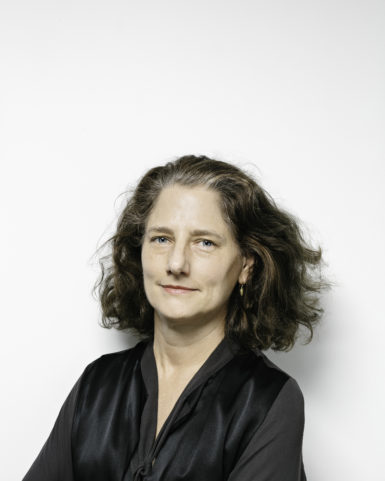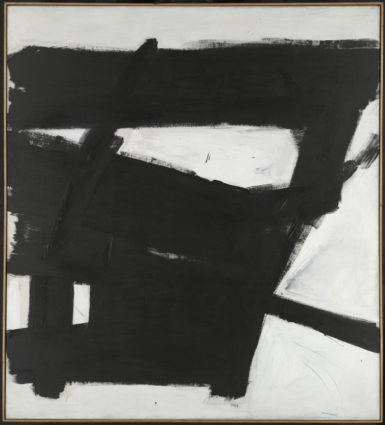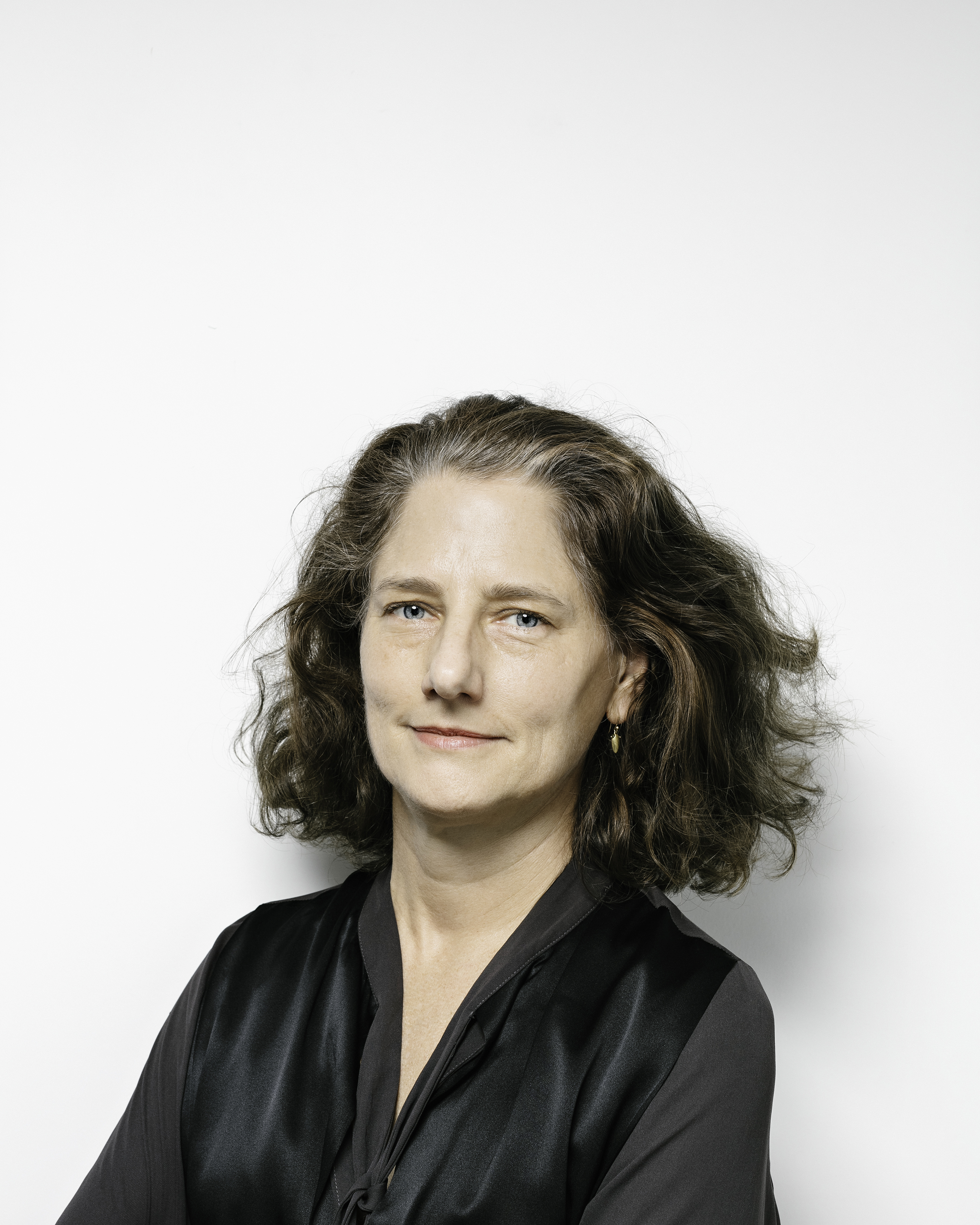[ad_1]

Jennifer Gross is the executive director of the Hauser & Wirth Institute.
AXEL DUPEUX
Hauser & Wirth gallery has founded the Hauser & Wirth Institute, a New York–based 501(c)3 nonprofit that will be devoted to overseeing projects related to artists’ archives. The Institute will be headed up by Jennifer Gross, who was formerly the chief curator and deputy director of the deCordova Sculpture Park and Museum in Lincoln, Massachusetts, and will also facilitate a series of fellowships.
“We’ve always commissioned research and scholarship, and worked hard on making that available to the public,” Marc Payot, a partner and vice president at Hauser & Wirth, said in a phone conversation. The gallery founded the Institute, he said, with a “belief in art, and in art as ecosystem, where knowledge benefits everyone.”
Among the Institute’s first projects will be two major preservation efforts. The Hauser & Wirth Institute will produce a catalogue raisonné focusing specifically on paintings produced by the Abstract Expressionist artist Franz Kline between 1950 and 1962. As part of the project, the Institute has given funding to the Smithsonian Institute’s Archives of American Art, which will digitize its Kline-related holdings, which had never before been publicly available. And the archives of Jason Rhoades, which include photographs, installation manuals, and correspondence, among other materials, will be made available online, in a collaboration with the late artist’s estate. Both projects will be accessible free of charge to the general public on the Institute’s website. (The Institute and Hauser & Wirth maintain two different websites and physical locations.)
Rhoades’s estate is represented by Hauser & Wirth, while Kline’s is not. Payot explained that the Institute will take on projects related both to artists represented by Hauser & Wirth and ones that are not, and he emphasized that, while connected, the Institute and the gallery are two separate entities. “It is financed by us—we don’t hide that,” he said. “It’s independent in the sense that we are absolutely open to take on projects not related to the gallery.”

Franz Kline, Wanamaker Block, 1955.
©2018 FRANZ KLINE ESTATE/ARTISTS RIGHTS SOCIETY (ARS), NEW YORK/YALE UNIVERSITY ART GALLERY, GIFT OF RICHARD BROWN BAKER, B.A.
The Institute’s board will be chaired by Iwan Wirth, a president of Hauser & Wirth, and will also include Payot, Gross, Grey Art Gallery director Lynn Gumpert, and Simpson Thatcher & Bartlett LLP partner David Shevlin. To help select future projects for the institute, an advisory board will work in collaboration with the board. That advisory board will consist of Martina Droth, deputy director of research, exhibitions, and publications, and curator of sculpture at the Yale Center for British Art; Darby English, an art history professor at the University of Chicago; artists Charles Gaines, Joan Jonas, and Zoe Leonard; David Joselit, an art history professor at the City University of New York and an editor at October; Barry Rosen, a curator who consults with artist estates; Dieter Schwarz, an independent curator; and Francine Snyder, director of archives and scholarship at the Robert Rauschenberg Foundation. (Gaines and Leonard are represented by Hauser & Wirth.)
In addition to its archive-digitization projects, the Institute will also give out postdoctoral and senior scholar fellowships, each of them valued at $50,000 and supporting up to a year of research. The Institute’s first three postdoctoral and senior scholar fellows are Melissa Rachleff, an NYU associate professor of arts administration who is annotating and transcribing interviews by Billy Klüver and Julie Martin, who ran Experiments in Art and Technology in the 1960s; Robert Slifkin, an NYU associate professor of fine arts who is researching David Smith’s use of figuration; and curator Philip Larratt-Smith, who is researching Louise Bourgeois’s writings on psychoanalysis. The Institute will also offer a $10,000 predoctoral fellowship. (Smith’s estate and Bourgeois are represented by Hauser & Wirth.)
For Gross, the Hauser & Wirth Institute is “not driven by the market” and acts as a way to ensure that artists’ legacies get preserved. “In the art world, there is a lot going on that is making it difficult for artists’ papers to be preserved,” she said. “Even if you are a well-known artist, there are wonderful institutions, like the Archives of American Art, that don’t have the resources to process this material. . . . The conversation [around artists’ archives] should be perpetuated, and there has not been enough time and capacity to support this.”
That so much of the material brought together by the Institute is free remains key for Gross. “People have become interested in this material,” she said, “and the idea is that we definitely need to be having a more open conversation, whether it’s the artists, the dealers, the institutions.”
[ad_2]
Source link

